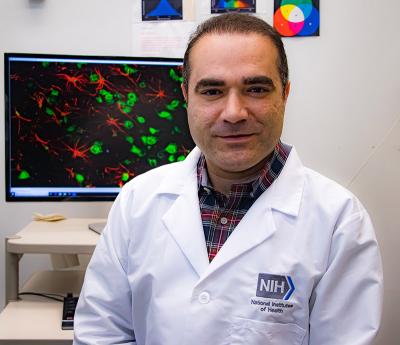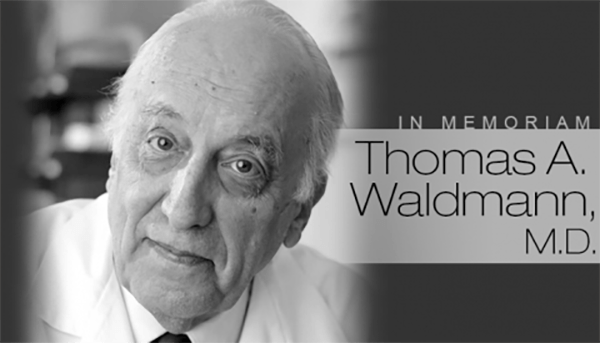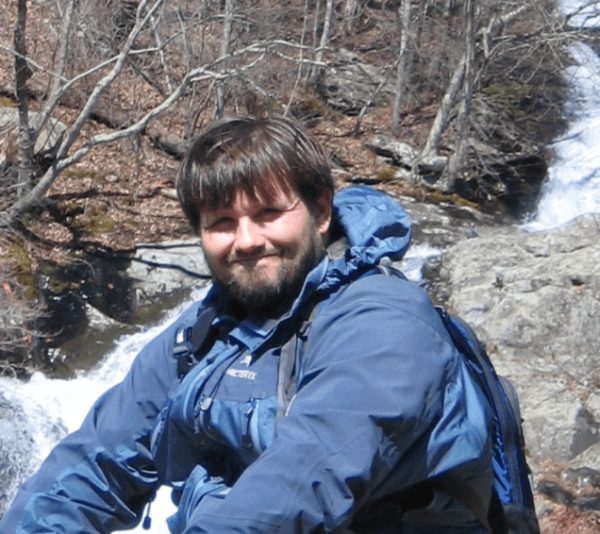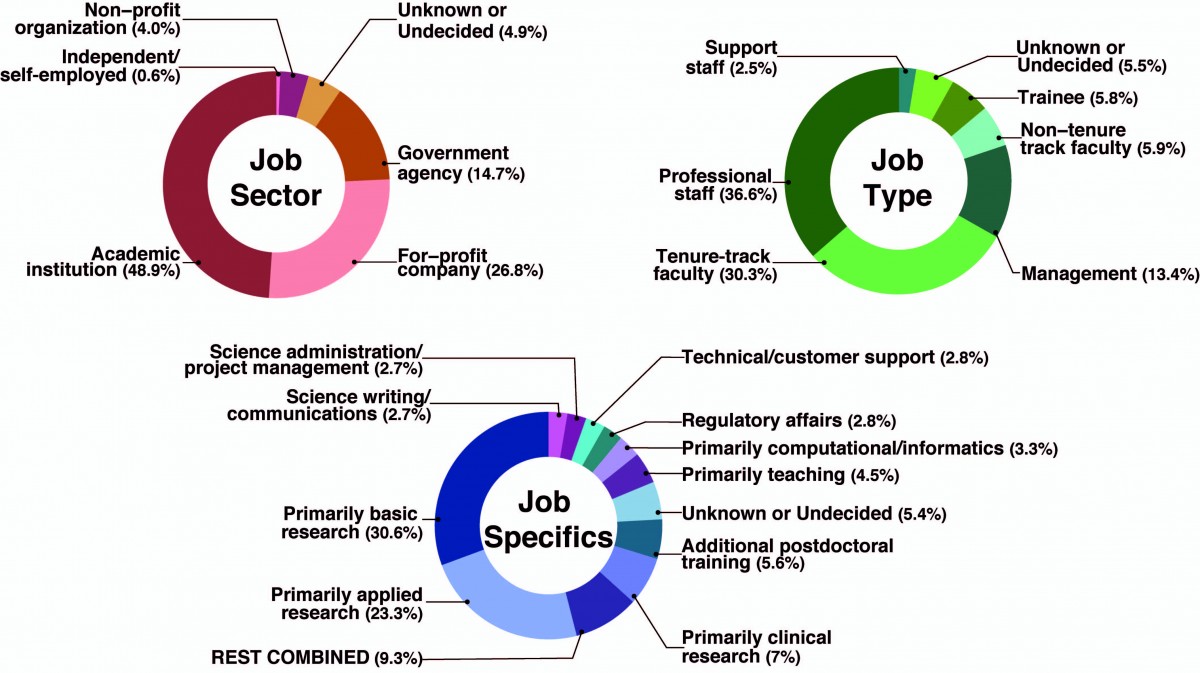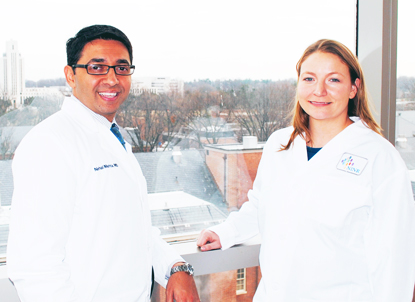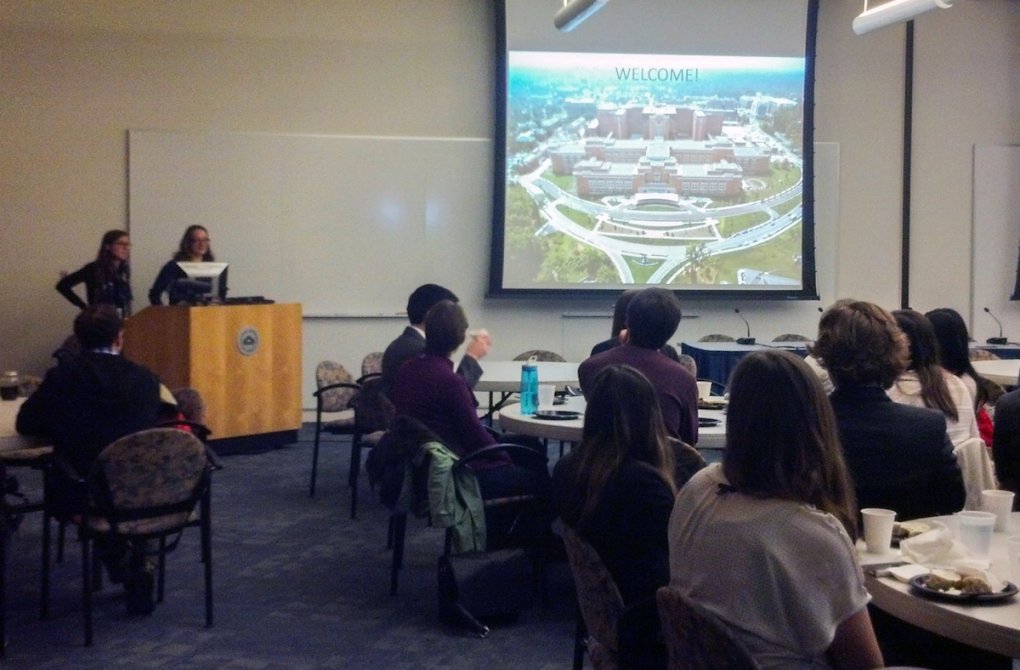Poster Session Showcases IRP Graduate Students
Event Includes In-Person Presentations for First Time Since 2020
Three years after COVID-19 dramatically changed the way scientists and many others work, much of life in the NIH IRP has begun to resemble the way things were in February of 2020. This includes the return of in-person scientific poster sessions like the one that took place on February 16 as part of the 19th annual NIH Graduate Student Research Symposium. Nearly 130 graduate students conducting their Ph.D. research in IRP labs as part of NIH’s Graduate Partnership Program presented their progress at that poster session and its virtual counterpart held February 15.
The two poster sessions made it clear that IRP graduate students are essential contributors to the life-changing discoveries made at NIH, from using geckos to learn about human eye diseases to investigating how the immune system combats infectious invaders to exploring ways to improve cancer treatment. Keep reading to learn about some of the bright scientists-in-training who showed off their work during the two-day event.


